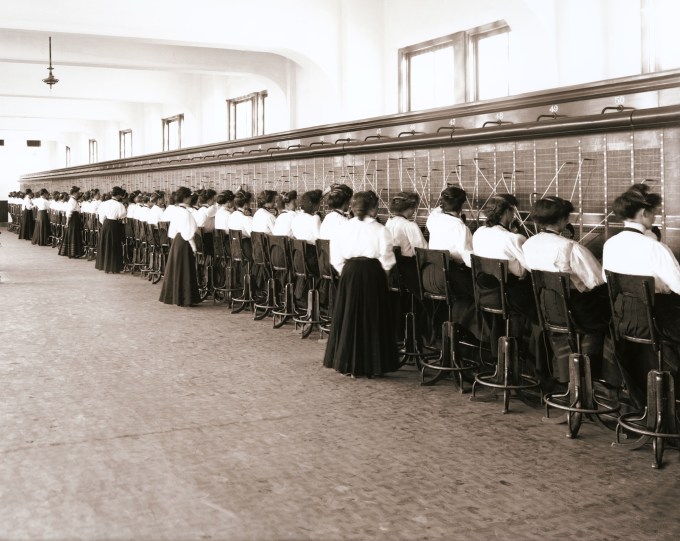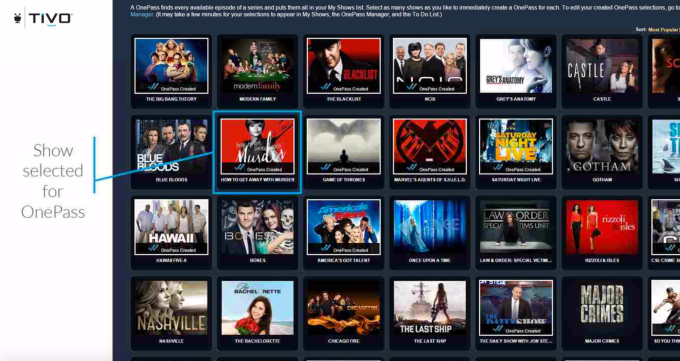With over-the-top (OTT) changing the way we consume entertainment across devices, most of the media attention is going to the big players trying to elbow their way into the streaming space with big new subscription services and original programming. Less discussed is the suite of technologies that pave the way for those services to connect to their audience and monetize the content.
Okay, it’s true video compression, identity management, analytics, front-end personalization and device-specific experience optimization are not the sexiest topics in the media world. But without those core features and functions, the OTT revolution would be dead in its tracks. And with the big providers focused on content development, user acquisition and business model optimization, development of those technologies is wide open for innovative startups.
As always, entrepreneurs should look for cracks and gaps in the existing processes to find better solutions. Right now, the biggest systemic pains in the emerging OTT ecosystem are around the complexity of the fragmented user experience – having to sign in and out of multiple systems to get to the content we want to watch – and around adapting old mass-audience advertising models to the new era of multi-device, multi-platform, personalized viewing.
Here are three areas where small, nimble startups could make a real contribution to the industry.
Enabling the evolving advertising model
Currently the streaming market is divided between ad-supported services and premium-fee subscription models, but that hard division is unlikely to survive the next wave of market disruption. Premium services like Netflix will need to introduce a lower-fee ad-based tier to expand their audience and compete with lower-priced offerings like Disney+. More fundamentally, streamers will need additional sources of revenue once they have harvested all the low-hanging fruit in terms of subscriber base growth. And because streamers have access to so much user-specific data, the potential for personalized advertising is vast.
Online ad-tech platforms are already scrambling to retool their marketplaces to serve streamers. Is that the right way to look at the new OTT ecosystem, or does the way we sell, serve and measure ads for streaming services need to evolve to address audiences binge-watching longform content rather than snacking on short-form listicles, GIFs and short videos?
There’s also a blue sky opportunity to monitor and measure the performance of interactive ads that provide click-through transactions for viewers watching on tablets or handheld devices. Early data shows these ads can be extremely effective… or they can be so annoying and intrusive that they risk alienating viewers entirely. Do we trust the big companies to get this balance right? Sounds to me like this is a job for small, focused, innovative startups with a single-minded devotion to solving one facet of this problem for the industry.
Reducing platform friction
One byproduct of the fragmentation of the old bundled cable viewing experience is the demise of the relatively simply program grid. What we found in the 00’s is that, even with 500+ channels available through some cable systems, you can make that simple and consumable for viewers if you present it intuitively and augment it with a little bit of intelligence.
Now that we’re entering a world which each content provider requires membership in its private OTT service to access original content plus its archive of movies and shows, it’s no longer so simple. In fact, there’s a lot of friction and overhead between the user and their shows.
We see a huge opportunity for startups to address this by creating a meta-layer on top of the fragmented streaming environment that abstracts away the complexity for viewers while preserving the underlying integrity of the individual services. This layer would act like a web browser, passing user access credentials seamlessly to each site to simplify sign in, standardizing the presentation of content and ads, and securely passing user data to each back end system.
The big players have invested specifically in making these platforms closed and proprietary to maximize their own competitive advantage. You can’t count on them to fix a situation that they perceive as being in their individual interests, even if it ends up hurting the industry and the ecosystem as a whole. But there’s a great opportunity for an outside innovator to come in and disrupt this model before it ossifies into a near-monopoly situation for a few carriers.

Telephone switchboard operators circa 1914. Photo courtesy Flickr and reynermedia.
Personalizing content
The third big opportunity also addresses this big consumer pain point of complexity, specifically around having too many content choices and no road map for finding the programs we want to see. Once again, this is a problem we were able to solve in the old bunded cable era with smart collaborative filtering technologies, recommendations, and automation that allowed people to essentially build their own personalized content channels featuring stuff they already liked and might possibly like.
Fragmentation of content across closed services makes that more challenging. Luckily, AI capabilities have evolved as well, to the point that we don’t need to think only in terms of personalizing viewing options, but personalizing the entire viewing experience.
Again, business incentives dictate that each OTT service develop its own UX to differentiate itself from competitors, but those incentives work against the desires of viewers to have a simple way to find and view content that’s standard across whatever services they use. There’s a great opportunity for startups to bring forward all that we’ve learned about UX design, customization and personalization, plus a layer of AI to simplify search and discovery of content users prefer, to make the whole streaming world much simpler.

Open innovation starts with IP
These are just a few examples of areas where disruptive innovators can fix problems that the industry leaders can’t or won’t. We believe that an open model for innovation needs to be part of the conversation around the future of entertainment, and that conversation must include small insurgent companies as well as the giant incumbents. But for that model to work, we need to ensure that the IP rights of those companies are protected and respected.
If we can stick by those principles, we can create a more stable foundation for the post-cable world of TV entertainment, bring new solutions to market more quickly and more efficiently, and continue to delight audiences with great content rather than frustrating them with complexity and impossible choices.
Source : Three great opportunities for startups in the entertainment space











